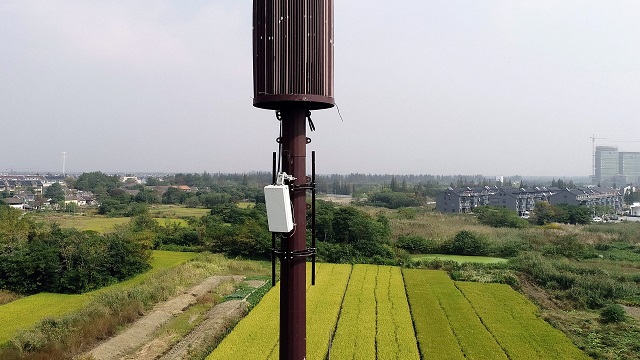5G smartphone customers receive 5G service 34.7 percent of their time on T-Mobile network, 16.4 percent of the time on AT&T and just 9.7 percent on Verizon, the latest Opensignal report said.

The numbers are in contrast to what the carriers promise about 5G in their advertisements, Reuters reported. The Opensignal report shows that T-Mobile, AT&T and Verizon are giving wrong indication about 5G coverage to their 5G smartphone customers.
Interestingly, T-Mobile, AT&T and Verizon spend billions of dollar in their mobile network and fiber in order to boost 5G business. T-Mobile, AT&T and Verizon never disclosed their incremental revenue from 5G business.
What they claim
U.S. carriers have expanded their 5G coverage using their low band 5G networks. In July 2021, T-Mobile announced that it covered 305 million people using its 600 MHz frequency band. AT&T covered 250 million people using the 850 MHz band. Earlier in the year, Verizon reported that its 5G service was available for 230 million people.
Wrong signals on 5G business?
T-Mobile advertises that it has America’s largest, fastest, and most reliable 5G network with a map covered almost completely in pink, suggesting broad coverage. The map does not distinguish what type of 5G a customer will get, but the fine print states it’s a mix of lower-performing versions. Top-performing ultra capacity 5G coverage from T-Mobile is only available in hundreds of cities and for millions of people instead of most of the country.
AT&T says it has the most reliable 5G network, citing a test done for AT&T by Global Wireless Solutions, which evaluates mobile networks. AT&T notes that its high speed 5G+ is available in select high-speed zones and venues in over 20 states across the U.S.
Asked about what appears to be a disparity between advertising and coverage, T-Mobile’s Grant Castle, a vice president in network engineering, said that he thought the company is doing well. “Is our network as big and broad as I would like it to be? No, we’re still working on it,” said Castle.
5G is still early in its lifecycle and is being evolved and enhanced through ongoing investment and innovation, Andre Fuetsch, chief technical officer, Network Services at AT&T, said in an emailed statement.
The BBB National Programs’ National Advertising Division has criticized claims made about 5G by all three of the companies, including one in August that prompted Verizon to change its claim about it being the most reliable to indicate that it did not specifically refer to 5G service.
“5G right now is in the fake it until you make it stage,” said Harold Feld, of advocacy group Public Knowledge which promotes affordable communication, adding that when new technology is developed, advertising often gets ahead of actual deployment.
“Low income neighborhoods, and to some extent rural areas, are generally the last to get new technology,” said Christopher Mitchell of the advocacy group Institute for Local Self Reliance.
Mitchell said that what is touted as 5G in rural areas is often just incrementally faster 4G.
Internationally, the 5G story is similar. South Korea tops the list of best 5G availability at 28.1 percent of the time, with Saudi Arabia, Kuwait and Hong Kong all above 25 percent, according to an OpenSignal report from early September.





